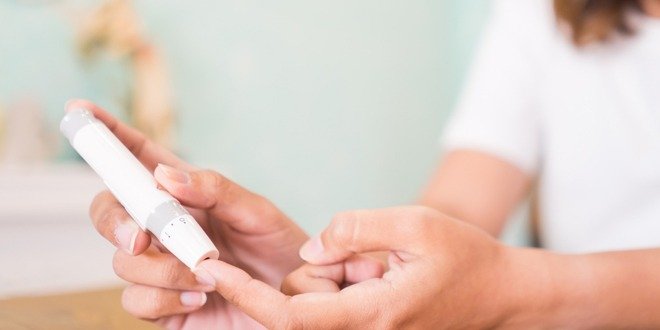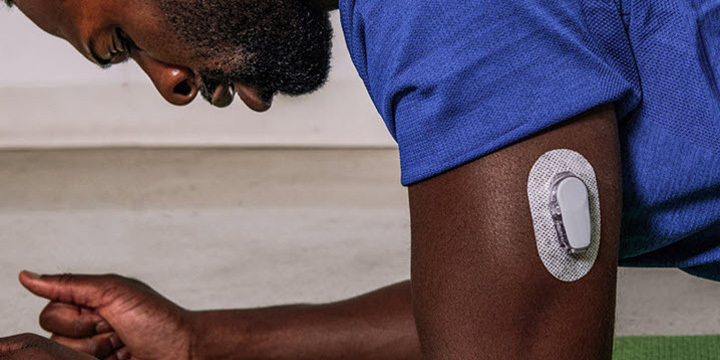
Pricking your finger to test your blood sugar – and sometimes several times per day — is an important part of your diabetes management. However, some people with diabetes find the pain associated with blood glucose monitoring stops them from testing as often as they should. In fact, one study has shown that 35% people said that that pain was the main reason they didn’t perform regular blood glucose testing.
You may be asking yourself, “what can be done to reduce the pain?”. Here are some tips to help you make home blood glucose monitoring a little less painful:
1. Find the blood glucose meter and lancing device that works best for you:
There are many makes and models of meters; shop around until you find the one you like best. You may notice that some are easier to use than others, and that some lancing devices will result in more or less pain for you when you prick yourself. Also, ask your pharmacist or other diabetes healthcare team member for their recommendations.
2. Wash your hands:
It is important to wash your hands with warm water prior to pricking your finger. This will help increase the blood circulation down to your fingertips. Avoid using alcohol to clean your finger since it can dry out and tighten your skin which makes it more difficult for the lancet to poke through.
Another tip to increase blood flow is to shake your arms and hands at your sides. Washing your hands is also important to prevent a falsely high blood sugar reading due to any sugar that may be left on your fingers if you just ate.
3. Keep your skin taut:
You can keep your skin taught by pressing the lancet device firmly against your skin. This should help reduce any pain you are experiencing when you prick yourself.
4. Adjust the lancet depth:
If blood sugar testing is always painful for you, it is possible that your lancet is set to hit too hard or too deep. It is important to select a penetration depth on the lancet device that is as shallow as possible, but that still produces blood. If you are having trouble figuring out how to do this, or determining which depth will get you the least painful blood testing experiencing with the most accurate blood sugar monitoring results, work with a diabetes educator or a member of your diabetes team.
5. Use a sharp lancing device:
It is important to use a new lancet every time you prick your finger, to ensure it is sharp. If you re-use lancets, they become duller and, thus, more painful to use. Lancets are so tiny that just a single use can bend or dull their tips. As a result, they can hurt more if you reuse them.
6. Prick your finger quickly:
Sometimes, fear of a painful prick will cause you to prick at a slower pace. This slower insertion is more painful, and may result in a more unpleasant experience for you. It is import to prick your finger quickly, without hesitation, to minimize the pain.
7. Use the side of your fingertips:
When testing your blood sugar, it is important to resist aiming straight for that big area on the tips of your fingers. This is because there are more nerve endings on the pads on the finger tips. To reduce pain, it is recommended to prick on the side of your fingertips, because there are fewer nerve endings there.
8. Rotate your pricking sites:
When managing your diabetes, it is easy to get in a habit of using the same finger to prick yourself. However, we recommend against this. It is important to switch fingers, and areas on the finger each time you prick yourself. This will reduce the risk of calluses and scarring, and will result in a less painful prick.
Using some of the solutions above, you will find that blood glucose monitoring does not need to be painful and can be an invaluable tool to help with your diabetes management planning.


